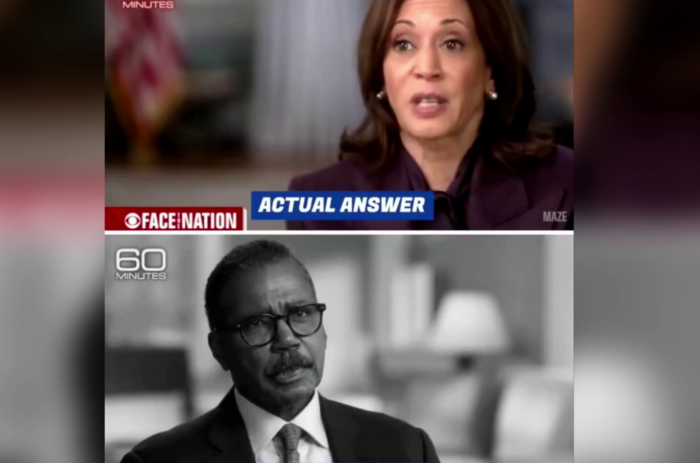redo Jump to...
print Print...
Directions
-Read the excerpt below from the "Best of the Web" post by OpinionJournal.com's editor James Taranto (original post date 5/24/10).
-Read "Types of Media Bias" in the right column. Then answer the questions.
[NOTE: This excerpt below refers to three American hikers – Sarah Shourd, 31; Shane Bauer, 27; and Josh Fattal, 27, – who were arrested along the Iraqi border 10 months ago. Iran has accused them of espionage and entering the country illegally; their families say the three were hiking in Iraq’s largely peaceful mountainous northern Kurdish region and that if they crossed the border, they did it accidentally.]
Remember “one man’s terrorist is another man’s freedom fighter”? This was Reuters’ justification for using scare quotes around the word terrorist, even when referring to the 9/11 attack. Check out this headline from a Sunday Reuters dispatch: “Iran Says U.S. ‘Hikers’ Spies, Proposes Prisoner Swap.”
Scare quotes around hikers but not spies? For our part, we’d call them hostages, but even by Reuters standards this is an inversion. We could see putting “Spies” in scare quotes, since that is merely the Iranian regime’s claim (and a baseless one, to judge by the Reuters report). But is there even any dispute that they were hiking at the time they were captured?
Read the original post at OpinionJournal.com. (It is almost halfway down the page: “There You ‘Go Again,’ Reuters”)
To accurately identify different types of bias, you should be aware of the issues of the day, and the liberal and conservative perspectives on each issue.
Types of Media Bias:Questions
1. What is the purpose of using scare quotes in news articles?
2. What type of bias is Reuters’ use of scare quotes an example of in this excerpt?
Scroll down to the bottom of the page for the answers.
Answers
1. Scare quotes are a pair of quotation marks used to emphasize a word or phrase or to indicate its special status, especially to express doubt about its validity or to criticize its use.
2. Reuters’ use of scare quotes is an example of bias by spin. The writer is expressing his opinion that he does not believe the imprisoned Americans were innocent hikers.



